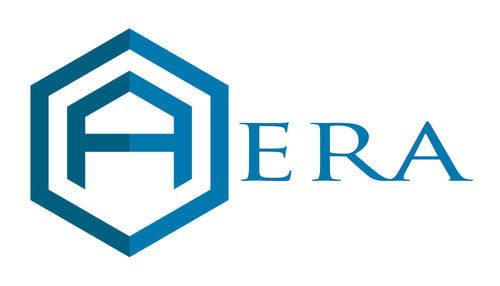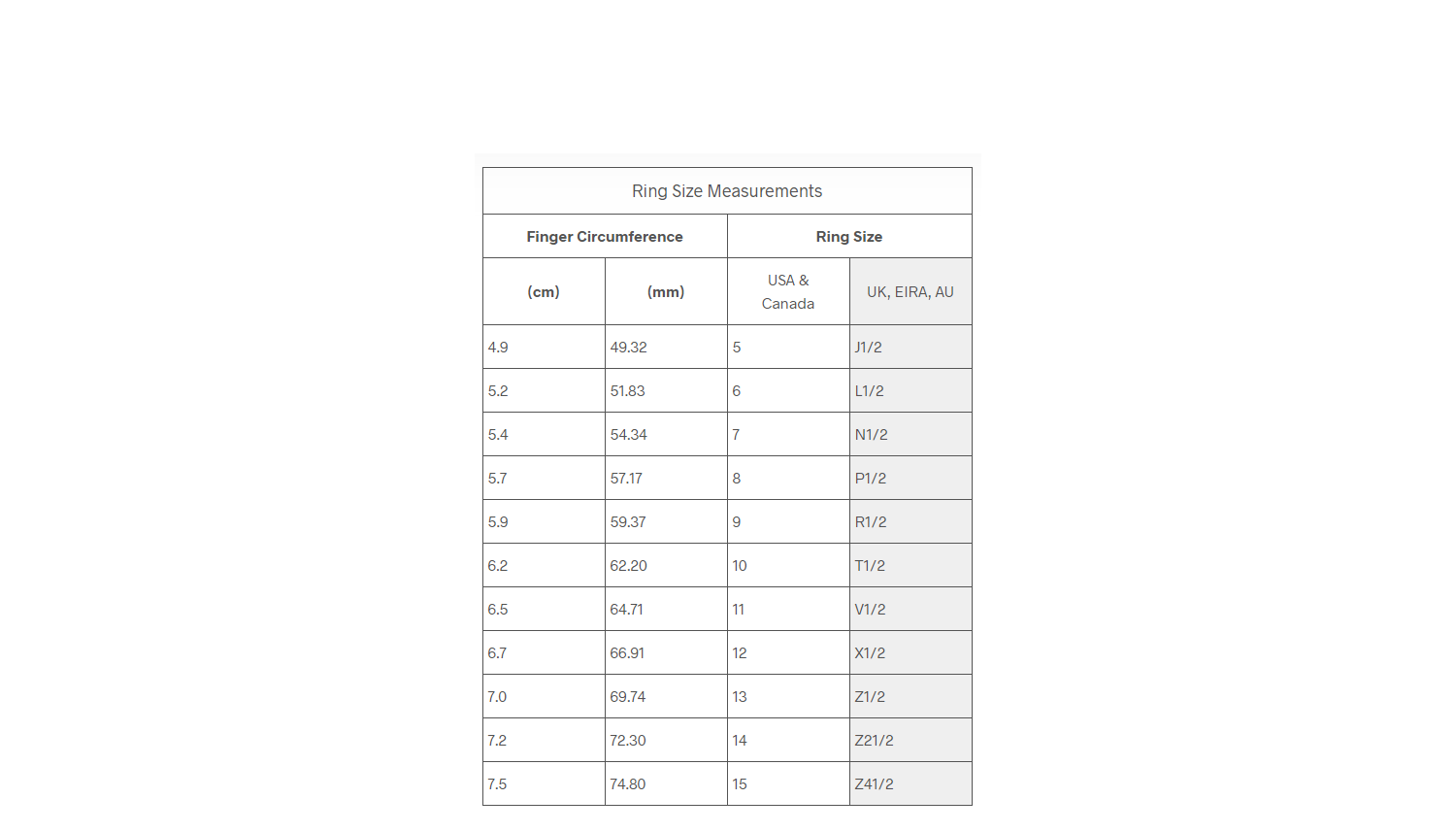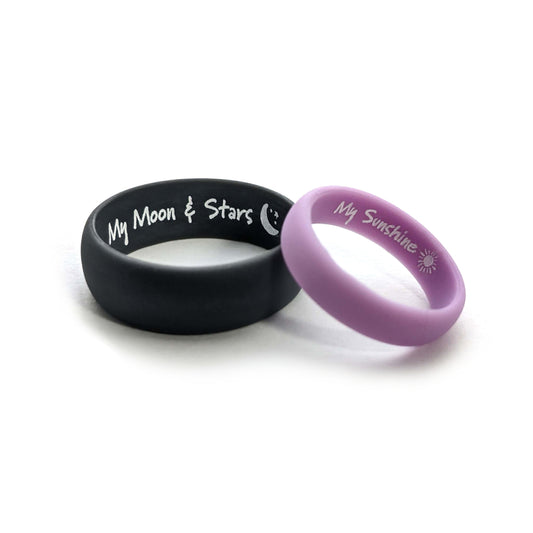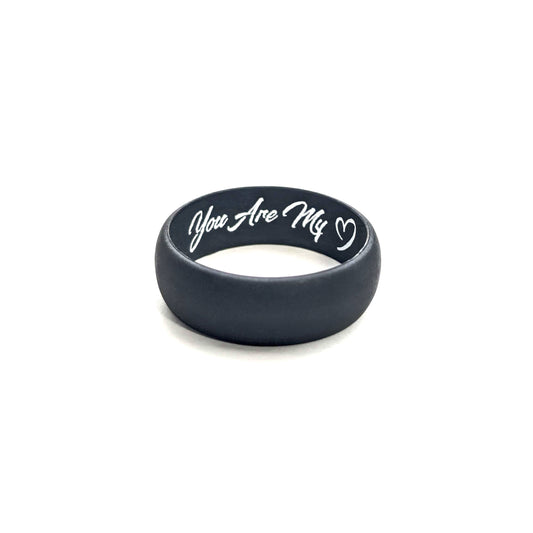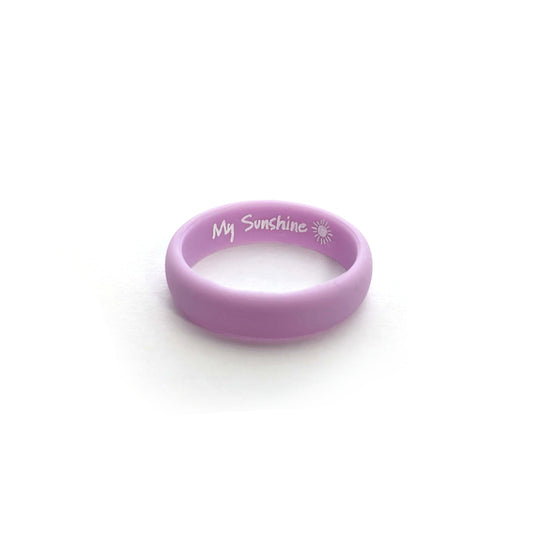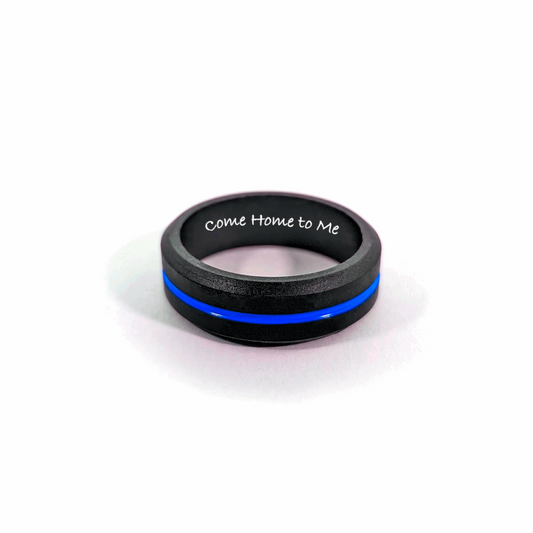What's My Ring Size?
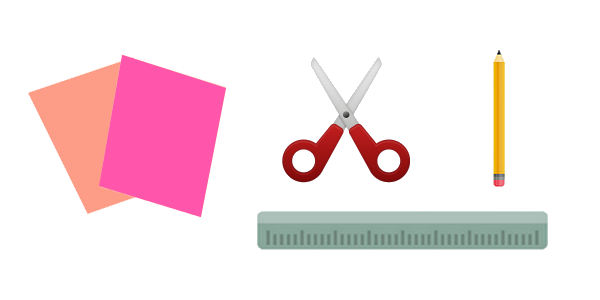
What You Will Need:
- Piece of Paper
- Pencil/Pen
- Ruler
- Scissors
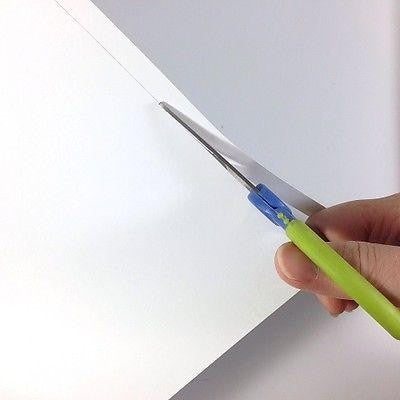
Step #1
Cut a long thin strip of paper (less than 1/2 inch wide, any length).
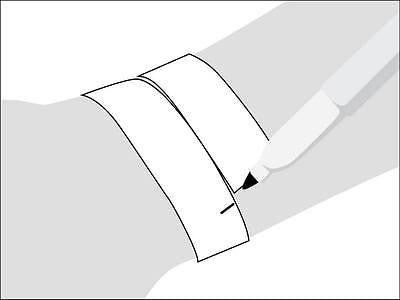
Step #2
Wrap the strip of paper around the finger ensuring that the paper is placed just below the knuckle and mark the paper where is first overlaps.
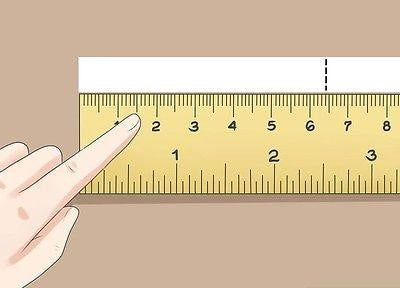
Step #3
Lay the strip of paper flat and measure in millimeters from the start of the paper to the mark you made in step #2 (round to the nearest mm).
Keep in Mind…
Ring sizes are not universal across all brands and manufacturers:
AERA Rings uses Traditional US Ring Sizing. If ordering elsewhere, check your measurement against their sizing guide.
Big knuckles don't affect silicone ring size:
Silicone rings stretch over large knuckles so only measure your finger where the ring will sit.
Finger size changes:
Temperature, physical activity & medication can all affect the size of your fingers. For an accurate measurement only measure when at room temperature and not physically active.
Bigger is always better:
If you hesitate between two sizes, always go with the larger of the two. This will allow for finger swelling and future finger growth.
Personalized Silicone Rings
-
CUSTOMIZED Silicone Wedding Ring Set
Regular price $34.95 USDRegular priceUnit price per$49.95 USDSale price $34.95 USDSale -
CUSTOMIZED Men's Silicone Wedding Ring
Regular price $17.95 USDRegular priceUnit price per$24.95 USDSale price $17.95 USDSale -
CUSTOMIZED Women's Silicone Wedding Ring
Regular price $17.95 USDRegular priceUnit price per -
CUSTOMIZED Blue Line Silicone Wedding Ring
Regular price $17.95 USDRegular priceUnit price per$24.95 USDSale price $17.95 USDSale
